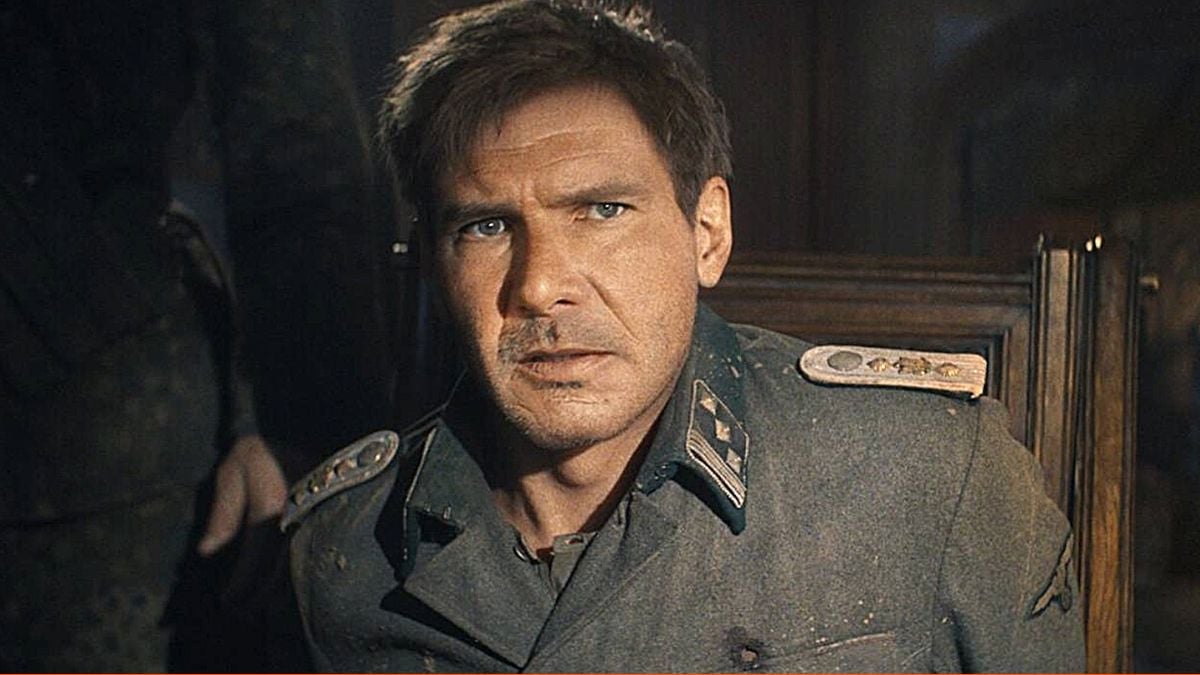The visual effects supervisors from Lucasfilm’s Industrial Light and Magic, Andrew Whitehurst and Robert Weaver, have disclosed that machine learning played a crucial role in the de-aging scenes of “Indiana Jones and the Dial of Destiny”.
WARNING: Spoilers ahead for “Indiana Jones and the Dial of Destiny”.
In an interview with The Hollywood Reporter, the leaders of the visual effects team shared insights on how machine learning contributed to the creation of 2,350 groundbreaking VFX shots that portrayed a youthful version of Harrison Ford as Indiana Jones in the fifth installment of the film series. Weaver explained:
“We definitely relied on certain components to achieve this. It is part of our evolution in successfully producing digital human performances. To teach the computer, we primarily used the older Indiana Jones films as reference for the target age. However, we also captured footage from the present day.”
Whitehurst detailed the process of training the machine learning model to recognize and reconstruct three-dimensional images of a younger Harrison Ford. This involved utilizing archived film footage, historical photos, and performances by the legendary actor in the present. The VFX team utilized the ILM Face Swap technology, which combines machine learning and CG assets.
“We gathered a significant amount of reference material, including shots from the film we were making. We intentionally set up cameras and filmed Harrison Ford’s performances as he appears currently. Both we and the computer learn throughout the process. However, it’s important to be selective in choosing the footage because certain shots could negatively affect the desired results. Selecting the appropriate reference material requires skill and judgement.”
The team meticulously compiled material showcasing Ford at the desired age and utilized it to create photorealistic renderings of Indiana Jones for intense action sequences, such as thrilling train and tuk-tuk chase scenes. According to Weaver:
“The curation process that Andrew just mentioned was extremely important. The artists had to determine what was most useful.”
While Whitehurst and Weaver may appear unconcerned about the criticism aimed at the de-aging scenes in the film, it’s important to acknowledge that today’s moviegoers are well acquainted with de-aging technology through various products like Reface: Face-Swap App, AI Avatar Generator, and FaceApp, which can be easily accessed on mobile devices. Consequently, audiences have high visual standards and can readily identify poorly rendered images, such as Ford’s younger doppelganger.
Nevertheless, “Indiana Jones and the Dial of Destiny” represents a significant milestone in cinema, as it paves the way for creatives to explore artificial intelligence technology in new and exciting filmmaking endeavors.
Denial of responsibility! TechCodex is an automatic aggregator of the all world’s media. In each content, the hyperlink to the primary source is specified. All trademarks belong to their rightful owners, and all materials to their authors. For any complaint, please reach us at – [email protected]. We will take necessary action within 24 hours.
Khushi Patel is a science fiction author who lives in Austin, Texas. She has published three novels, and her work has been praised for its originality and imagination. Khushi is a graduate of Rice University, and she has worked as a software engineer. She is a member of the Science Fiction Writers of America, and her books have been nominated for several awards.


